 Often, I have discussions with clients about re-establishing and caring for native areas in their landscape. A typical scenario is a new home built on a property that was once fir trees with a mix of brush underneath. In the building process, plants and soil are mercilessly pushed to the fringes of the property to level the land.
Often, I have discussions with clients about re-establishing and caring for native areas in their landscape. A typical scenario is a new home built on a property that was once fir trees with a mix of brush underneath. In the building process, plants and soil are mercilessly pushed to the fringes of the property to level the land.
My design brain says I want that lovely native understory to creep back into the landscape and create a natural edge.
If you have one of those areas in your landscape, start by identifying the good and the bad. Remove invasive plants like blackberries, then encourage the good that are healthy like western sword ferns and salal.
Then re-plant! Check out the native plant sales and take advantage of bundle pricing.
Here are a few of my favorites being offered this year at the Pierce County Conservation district plant sale http://www.piercenativeplantsale.com/
Baldhip rose (Rosa gymnocarpa) Grow this scrubby little rose in small thickets of 3 or more. (one plant, can look a little weedy) Does well in the part shade understory of a woodland garden. Pretty, delicate single petal roses will add color in the early summer.
Evergreen huckleberry (Vaccinium ovatum): One of the best evergreen shrubs for the understory of tall fir trees. It will create a dense privacy hedge that does well in both full sun and deep shade. Good bird habitat too. It provides shelter for birds and they love the small edible dark berries. Hummingbirds are attracted to the delicate spring flowers.
Red elderberry (Sambucus racemosa) If you are looking for some height without planting a tree this tall rangy shrub adds a delicate canopy to a woodland garden. It prefers moist soil and part shade. Birds and other wildlife forage the berries. Interesting note: red elderberry has been studied for use in heavy -metal contaminated soils to help with soil erosion and provides beneficial organisms.
Red osier dogwood (Cornus sericea): This shrubby dogwood is best known for its brilliant red stems in the winter. Attractive to wildlife and pollinators this tall vase of stems will help with soil erosion in moist areas.
Red flowering currant (Ribes sanguineum): I use this a lot in natural landscape design. It is highly ornamental and tolerant of tough conditions dry. The pink flowers in the spring are hummingbird magnets. Plant in groupings of three or more in open spaces under tall limbed firs to add a swath of color in the spring.
Coastal strawberry (Fragaria chiloensis): Plant this for an easy care, tough groundcover for slopes and dry soils. Forms a low carpet that spread fast to help with soil erosion. Tiny strawberries are sweet and delicious, but the birds will find them before you do.
Salal (Gaultheria shallon): A common and lovely evergreen creeping plant. A good groundcover that can grow 3 to 4 feet high. If you have open space that needs to be re-established start with salal to cover ground and create a nice woodland understory.
Western Sword Fern (Polystichum munitum) Tough and beautiful. Just a planting of sword fern allowed to grow and colonize make one of the most attractive tough groundcovers in the dry shade of fir and cedar trees.
Other resources
Woodbrook native nursery in Gig Harbor, Washington (http://woodbrooknativeplantnursery.com/)
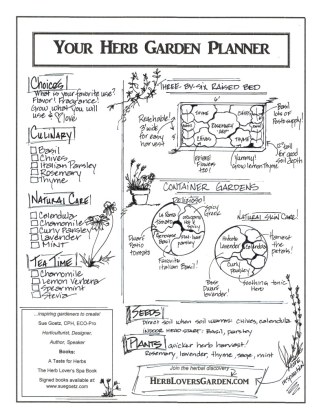
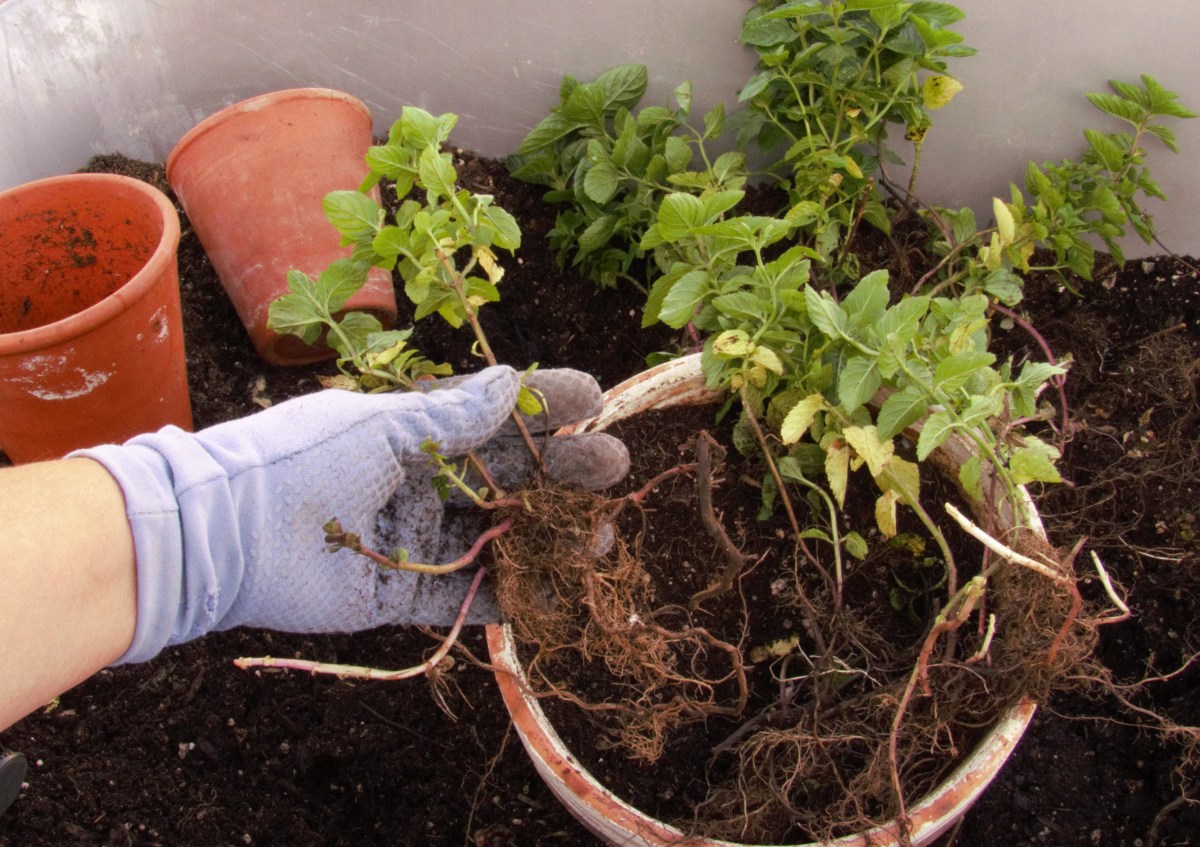



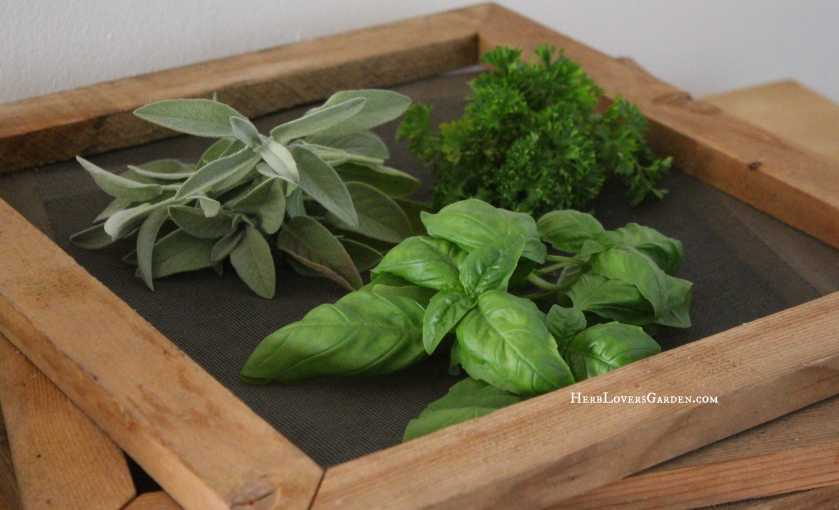 I have a stash of these I made years ago and use them in all seasons of harvest.
I have a stash of these I made years ago and use them in all seasons of harvest.

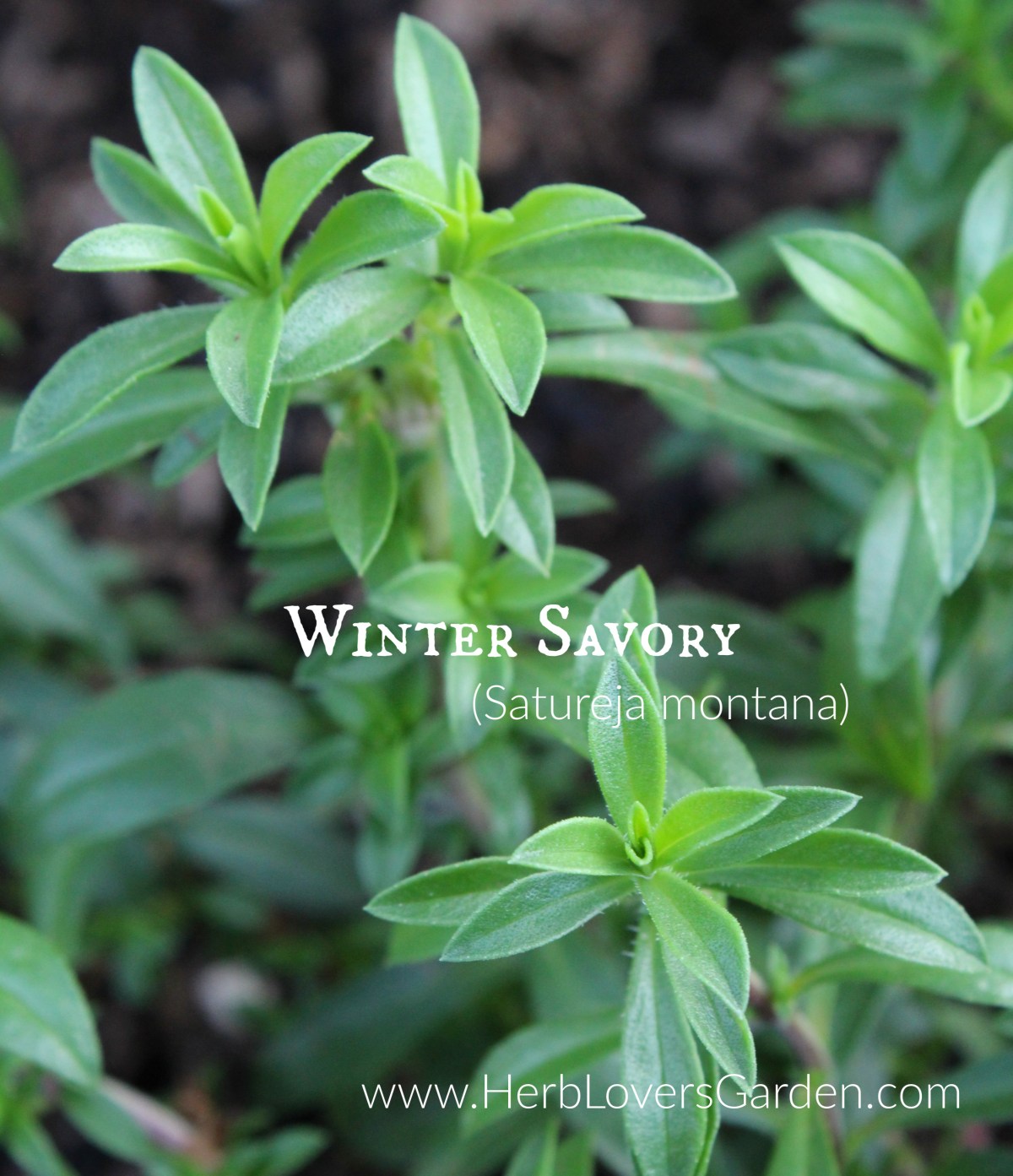
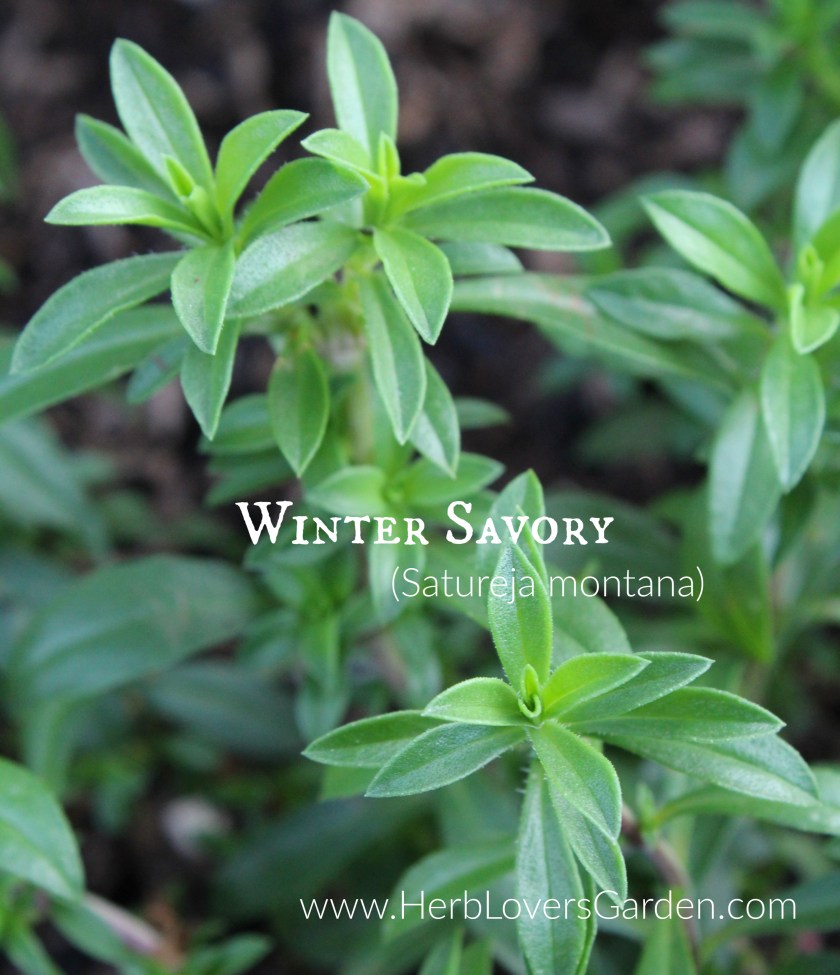
 Mediterranean Garden Oil
Mediterranean Garden Oil
 Cucumber Lime Mint
Cucumber Lime Mint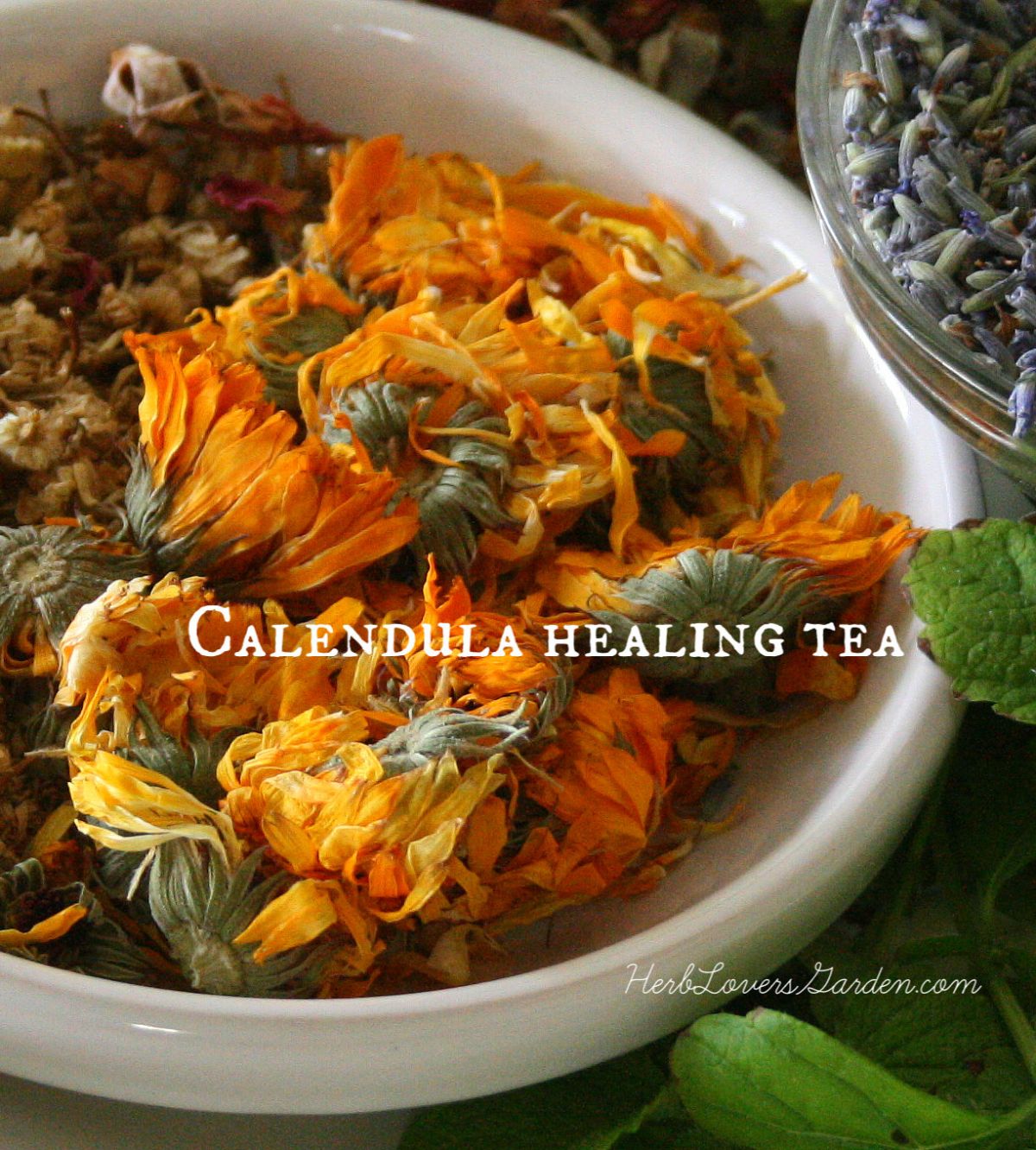
 Calendula Healing Tea: Make an infusion from the flower petals of Calendula to use it’s calming healing qualities to soothe a sore throat or mouth sores. Add extra healing by adding raw honey to sweeten. To make- add petals (dried or fresh, gently pull the petals form the base of the flower) of 2 to 3 flowers or about a overflowing tablespoon to one cup of very hot water. Allow to steep in the water for about 15 minutes.
Calendula Healing Tea: Make an infusion from the flower petals of Calendula to use it’s calming healing qualities to soothe a sore throat or mouth sores. Add extra healing by adding raw honey to sweeten. To make- add petals (dried or fresh, gently pull the petals form the base of the flower) of 2 to 3 flowers or about a overflowing tablespoon to one cup of very hot water. Allow to steep in the water for about 15 minutes.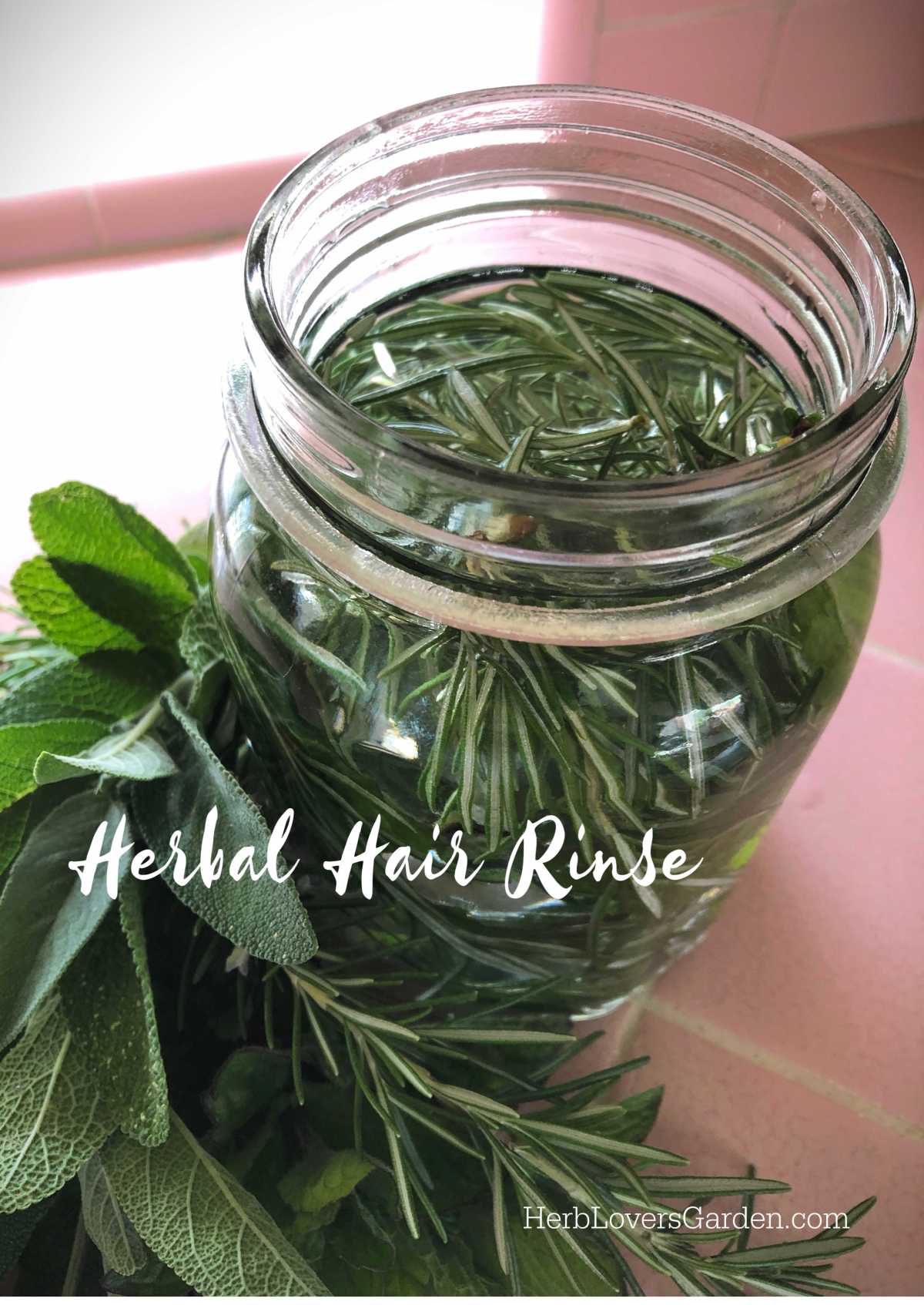
 It’s spring! Pick a small bundle of newly emerged perennial herbs and try this easy, refreshing recipe for a clean, healthy shine to freshly washed hair.
It’s spring! Pick a small bundle of newly emerged perennial herbs and try this easy, refreshing recipe for a clean, healthy shine to freshly washed hair.
 Seasoning from the Garden
Seasoning from the Garden
 Often, I have discussions with clients about re-establishing and caring for native areas in their landscape. A typical scenario is a new home built on a property that was once fir trees with a mix of brush underneath. In the building process, plants and soil are mercilessly pushed to the fringes of the property to level the land.
Often, I have discussions with clients about re-establishing and caring for native areas in their landscape. A typical scenario is a new home built on a property that was once fir trees with a mix of brush underneath. In the building process, plants and soil are mercilessly pushed to the fringes of the property to level the land.